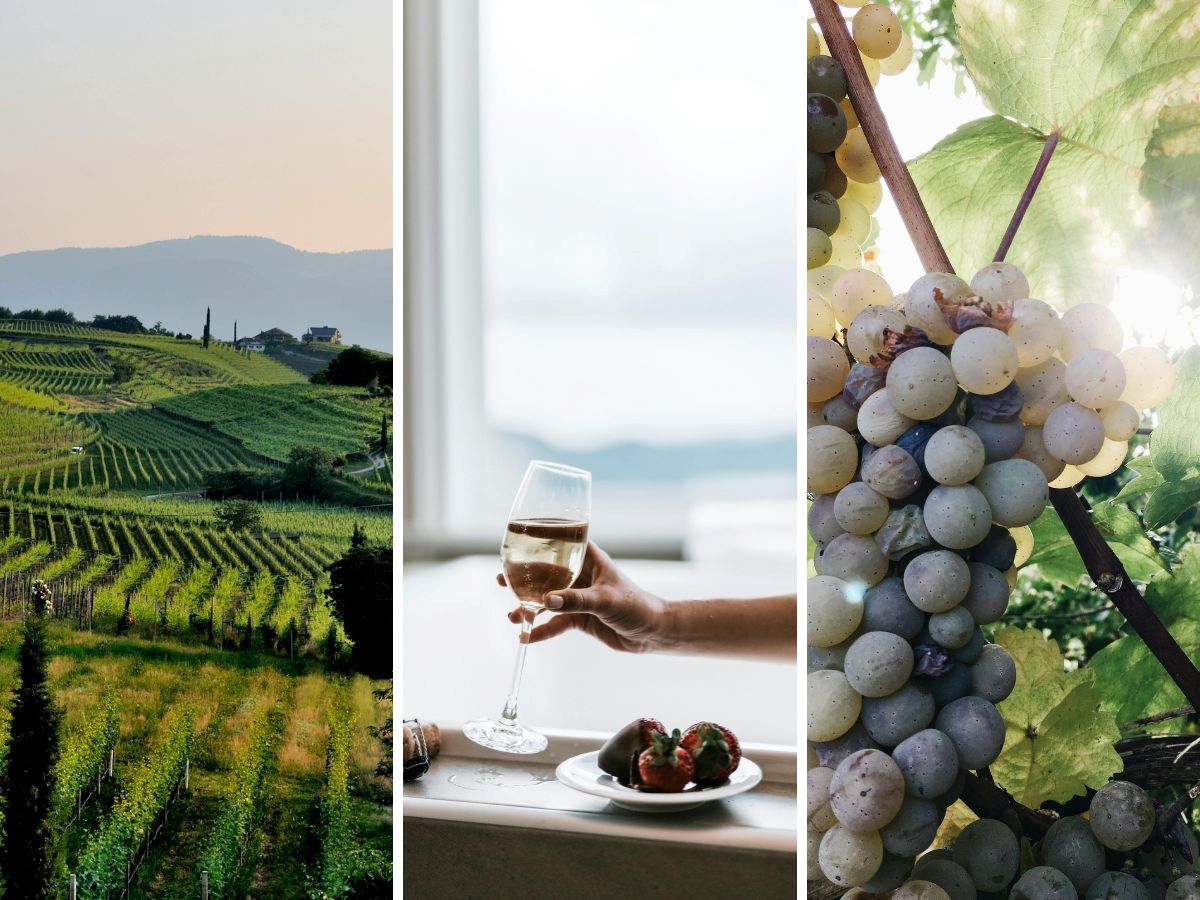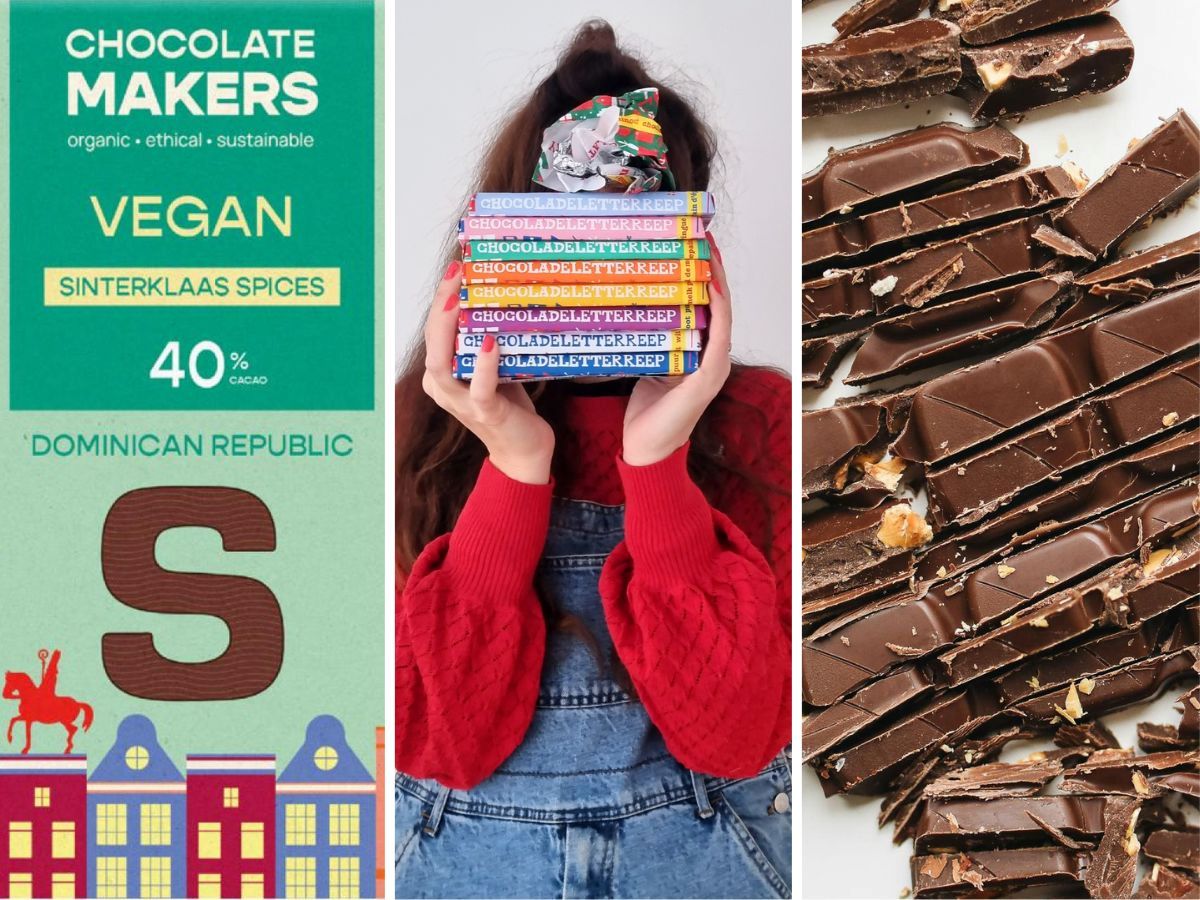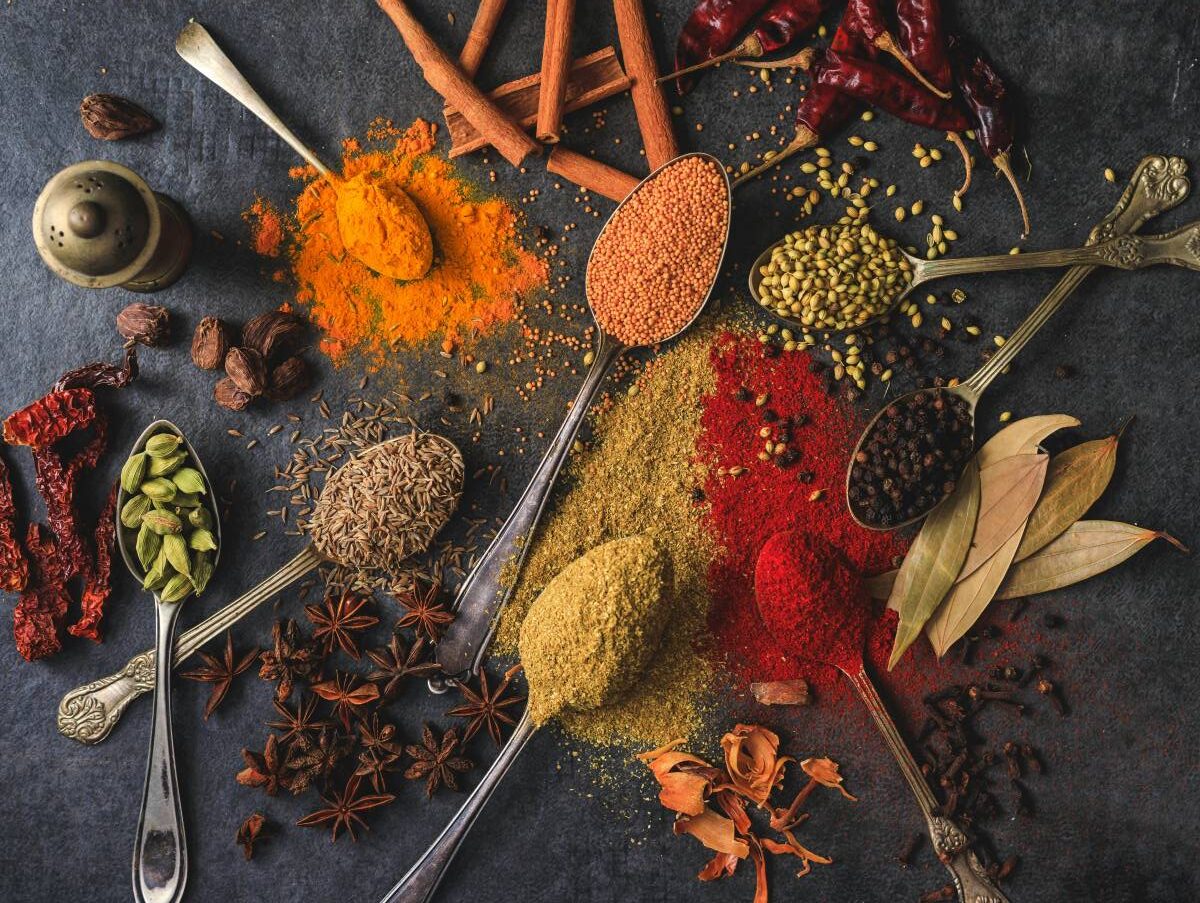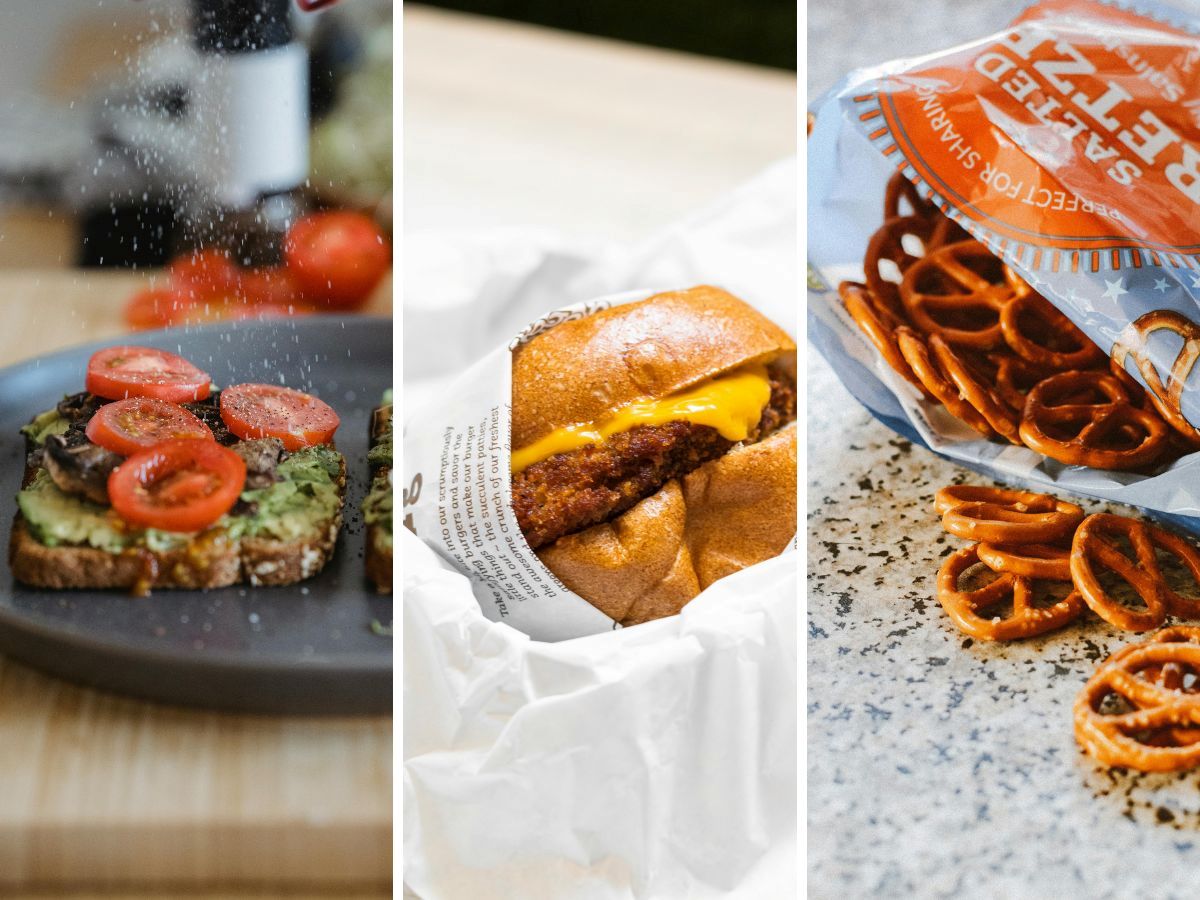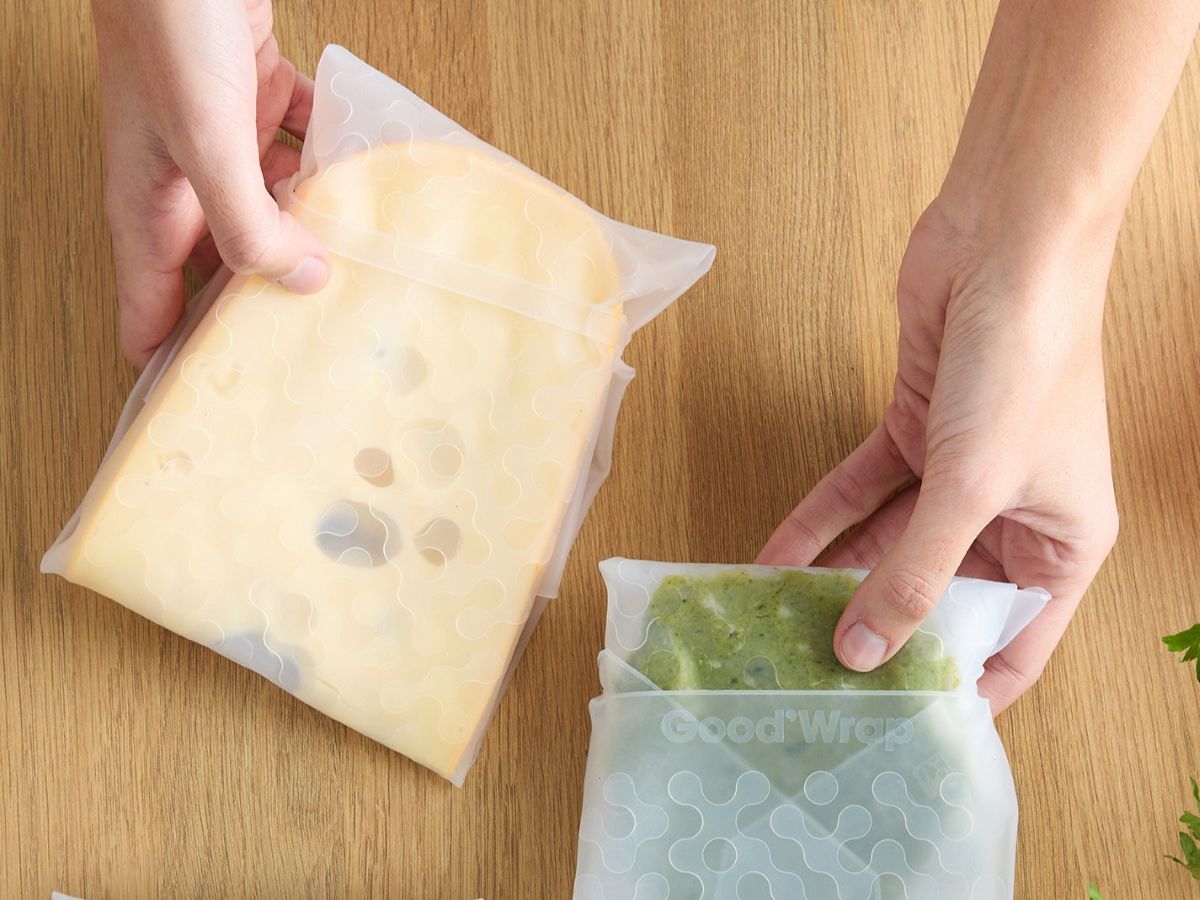A glass of wine on occasion can be incredibly delicious. But a cosy drink doesn't always turn out to be atmospheric for the planet. And so we - great wine lovers - dive into the world of sustainable wine. How harmful is that wine production really? And what is the best choice when looking at sustainable wines?
Wine not sustainable?
At thegreenlist.nl we love a glass of wine. Full stop. Even if it now turns out that wine is terribly bad for the planet and it is not possible to choose more sustainable ones, we will continue to have a glass of wine now and then. So don't touch our wine. So that's out. Is it any consolation? Not really, because of course we want to enjoy that wine more sustainably. It tastes better. But there is good news. I have discovered that there are indeed nice, sustainable choices in wine country. And the solution is closer than you think. But before I share those tips with you, I need to go through the heavy stuff with you. That wine production is not best. But how not best is it?
Unfortunately, the negative impact of wine turns out to be much bigger than I thought. Grape growing tends to be very polluting. It is intensive farming and involves the use of a lot of chemicals, a lot of water and thus the loss of biodiversity. Poor working conditions in vineyards are also common. There are stories of vineyards where people have to work very long days in the bright sun with little protection from all those pesticides (which have been proven to cause diseases like Parkinson's). Pooh, behind that tasty glass is a whole nasty world. Little reason to say ‘cheers’, then. And to complete the picture, with wine, transport and especially packaging also play a big role. Because wine is packaged in glass and melting glass for recycling takes a lot of energy. And not all wine is vegan either. Yikes, what bad news. And now what?
Choosing sustainable wine
OK, it's not very surprising that a three-euro wine at the bottom of the supermarket shelf might not be quite a good idea. But what is? So does an expensive bottle of wine necessarily mean it is a better, more sustainable wine? No, it doesn't mean that, I've found out. If you want to choose wine more sustainably, you have to pay attention to other things besides price. Although some experts say you should really leave a bottle of wine under five euros from now on. Aj. We start looking for sustainable wine and soon get a nose for what to look out for.
1. Choose wine from Europe
For all our food and drink, the more miles it has travelled, the more damaging it is to the planet. The same applies to wine. Although wine does not need to be transported refrigerated (which in turn makes transport slightly less bad), it is still the best choice to choose a wine from Europe if at all possible. No matter how much you like that Chardonnay from California and a Marlborough wine from New Zealand. Save those for very special occasions and look for a new favourite in the meantime. A Riesling from Germany is also very tasty!
2. Buy organic wine, but not all organic wine
Isn't organic wine just always a good choice? Surely you would think so. But unfortunately, it is a bit more complicated. Here's the thing: organic winemakers in Europe often use copper sulphate, a natural product to kill fungi that attack the grapes. But as with all pesticides: this also affects the good micro-organisms. And good soil life is extremely important to prevent the ecosystem from collapsing like a house of cards. And we are now on that track because of intensive agriculture, among other things... And although several reports show that copper is not good and that in some places in Europe the copper value is so high that it is toxic, the organic wine lobby still manages to prevent a ban.
So it is best to choose organic wine where that copper problem does not come into play. But how do you find out? Copper accumulation is greatest in traditional wine regions in Italy and France. These are the regions where (organic) viticulture has been going on for the longest time and where the damage is therefore greatest. So in terms of sustainability, it is better to choose a younger wine region with less copper in the soil. I think this map of Europe does give a good idea of where you should (not) be.
Just to show how complicated choosing more sustainably is: vintners from Chile, Australia and New Zealand will not be much affected by the copper problem, because these are also relatively young wine countries. So well, what do you choose then?
3. Go for a sustainable winery
These days, you can easily look up wineries online and on social media and thus check to what extent they value sustainable business practices. Have they taken measures to reduce water consumption, save energy by purchasing LED lighting and generate green energy? And how do they handle their waste and what is their view on packaging? In short, have you found a nice wine. Look up more about it. You might have a new favourite on your hands.
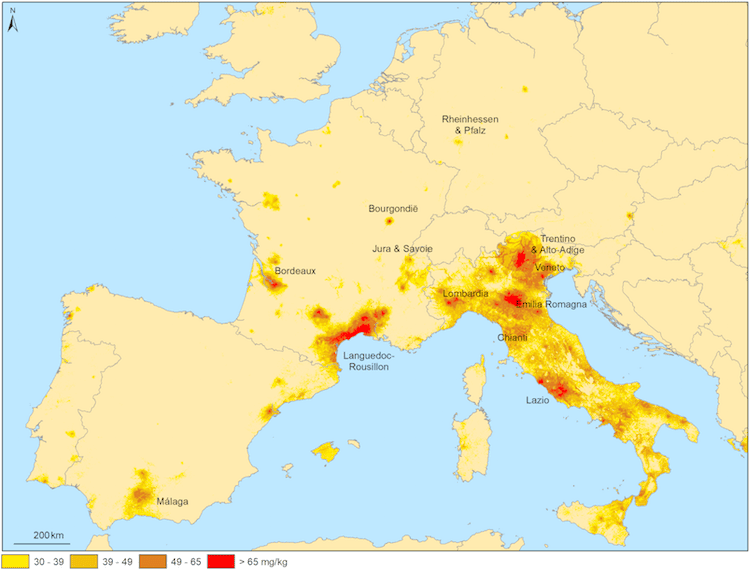
4. Go for a light(er) glass bottle
Apparently (and I did not know this either) there is a difference in the weight of wine bottles. Heavier wine bottles made of thicker glass are harder to recycle, melting glass takes more energy. Pretty logical! There have been studies on alternative packaging for wine, such as paper containers and lightweight plastic bottles, but researchers have doubts about whether this is more sustainable. For now, the advice is to just go for a glass bottle, this is easy to recycle and it ensures long shelf life of the wine. Caps and corks, by the way, can just go in the bottle bank, says Milieu Centraal.
5. Go for a vegan-labelled wine
Wine is not necessarily vegan. Nor can you just assume that an organic wine is vegan. In fact, opinions are divided on this: I've spoken to a winemaker who says organic wines are often vegan, while another wine connoisseur has said to me that organic and vegan have nothing to do with each other. But wait, animal products in wine I didn't see coming at all. Did you?
So it turns out that winemakers sometimes use animal ingredients to clarify the wine after fermentation and ageing, so that the wine clarifies faster. This clarification process is often done with fresh proteins, such as casein (protein from milk), gelatine (connective tissue from animals) and fish glue. This method is also used to clarify soft drinks and beers, by the way. If you really want to be sure there are no animal products in your wine, go for a vegan wine. Some wines have a vegan label, but there are also vegan wines without a label (because the label is very expensive). In that case, it does appear on the label.





Photo 1: grapes from vineyard De Amsteltuin in Amstelveen. Photo 2: enjoying a wine from Limburg at restaurant De Kas. Photo 3 and 4 are several Frysling wines from Friesland, including a sparkling and photo 5 is perhaps the most famous wine from the Netherlands from Apostelhoeve (also Limburg).
6. Don't waste wine
Food waste is a major problem worldwide. A lot of food is lost in production, transport, in supermarkets, in restaurants and also at home in the kitchen. Figures from the Nutrition Centre show that some 9% of our food ends up unused in the rubbish bin every year. That is over 34 kg of food per person per year and 45 litres of drinks. Now we can make very silly jokes about wasting wine. After all, how much wine is left over once you open a bottle? But we're not going to do that. We'll keep it neat this time. You can extend the shelf life of your wine by storing it properly. We have tips for that too...
7. Store wine properly
Whenever possible, store wines in a cool, dark room where the temperature does not fluctuate. It is also better not to store an unopened white wine in the fridge, as this can cause loss of flavour anyway. Once opened, you can keep a bottle for three to four days on average. It pays to invest in a vacuum cap, thus removing oxygen from the bottle and slowing down oxidation. Finally, it is absolutely not true for every wine that it gets tastier the longer you leave it. This only applies to wines that can be kept, so get good advice from a wine shop if you have any doubts. You can also vacuum-pack wine with an Airtender. We tested this extensively.
The best choice in sustainable wine?
I said it at the beginning: a nice sustainable choice is closer than you think. Because as it turns out? Wine from the Netherlands is a tremendously better choice. Firstly, because it comes from close by and so this wine has travelled less far. But the Netherlands is a relatively young wine country, so that whole thing with copper in the ground doesn't play out here. Are you looking for a nice wine? Check out the list of my favourite Dutch wines here. If you have another great tip, feel free to send me a message, as I am always looking to taste something new. Cheers!
More sustainable tips from thegreenlist.nl
- Also see: Wine gardens: ultimate sustainable wine experience at home
- Also see: Copenhagen Sparkling Tea: a delicious non-alcoholic wine
- Also see: the best choice in sustainable flowers.
- Also see: what is the most sustainable oil to cook with?
Sources: Omroep Gelderland, Wed, wineknowledge.co.uk, Wed (packaging), Libelle Lekker, Nutrition Centre, Milieu Centraal. Photo credits: main image: Roland Dumke, Taryn Elliot, & Istan (Pexels) main image: map Europe: science.nu, other: thegreenlist.nl.

